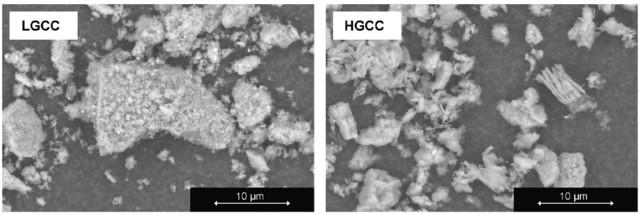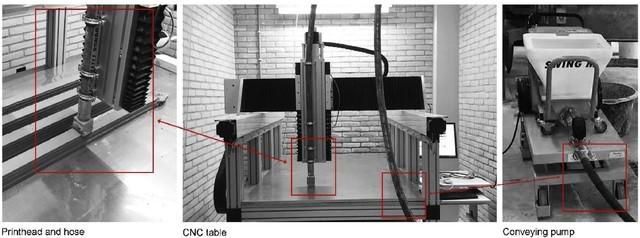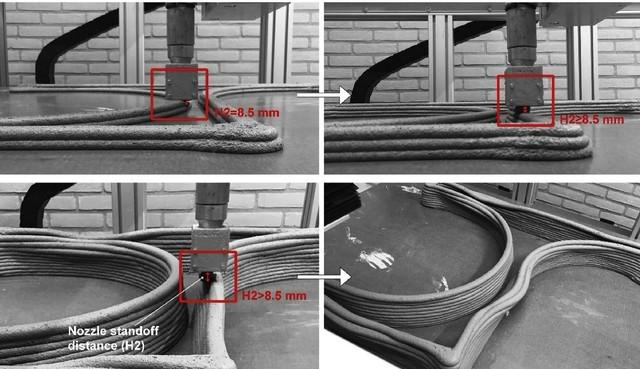Dutch researchers formulated new cement for 3D printing
In the field of additive manufacturing, 3D printing with concrete is one of the more special fields. Compared with traditional methods, it still has the advantages of optimizing material use and cutting costs. However, the 3D printing mixture needs to exhibit consistent fluidity and low viscosity in order to avoid the "sagging" phenomenon, thereby losing shape stability and dimensional accuracy. A group of researchers from Delft University of Technology in the Netherlands formulated a new calcined clay-based cement to improve the accuracy of 3D printing.
Two different grades of calcined clay
The study involved testing two different grades of calcined clay, namely high grade (95% metakaolin content) and low grade (50% metakaolin content). The two grades of clay were mixed in different proportions and printed by custom extrusion equipment set up in the university laboratory.
Custom 3D printing device in the laboratory
The research team found that increasing the high-grade content from 0wt% to 50wt% maximized the flow consistency while increasing the dimensional stability of the mixture. The researchers attribute the improvement in forgeability to a higher calcined clay content that leads to a reduction in the average distance between particles. Although this phenomenon does come with a not-low cost, the new technology can fine-tune the formulation without sacrificing strength to maximize printability.
New technology greatly improves the printability of 3D printing
Not only in academia, 3D concrete structures are also showing their skills in many fields. Recently, ICON, a construction company headquartered in Texas, USA, cooperated with the US Defense Innovation Department to build a 3D printed concrete structure at the Pendle Marine Corps base. Initially, eight Marine Corps crew members were trained to use ICON's concrete 3D printer to successfully print the leather structure of the entire vehicle within 36 hours.



